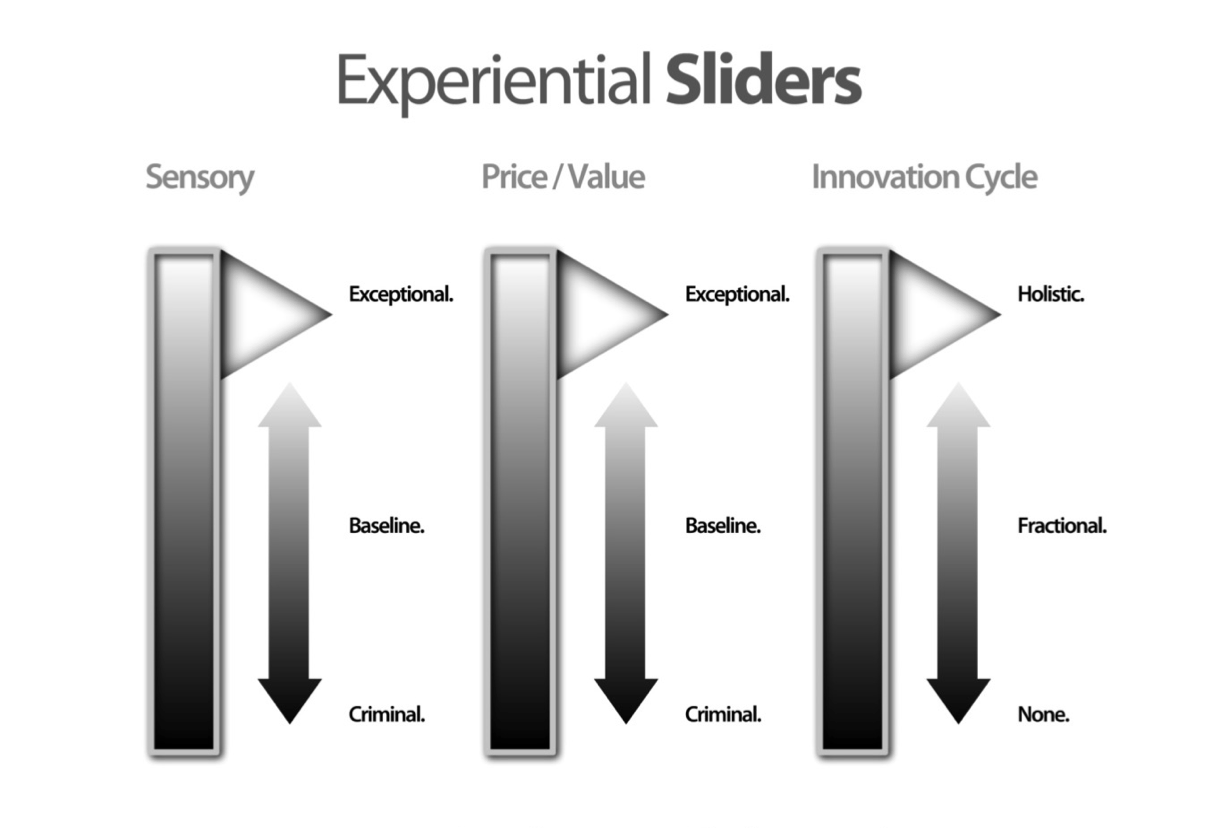29 Jun How To Get to the Soul of the Customer
With the principles of baseline expectations, the Innovation Cycle, and the Relationship Cloud in mind, I want to introduce another important thought process geared toward really getting at what delivers tangible net customer value. The thought process is based on the idea that net customer value is not one dimensional, it’s not just based on price or pleasure or even the shopping experience; it is not monolithic in nature. Rather, several dimensions are interconnected into a broad and holistic “take” on value. It gets to what I call the “soul of the customer.”
By way of example, think of a restaurant experience. “Value” in this case isn’t delivered just by the food, just by the price of the food, just by service, nor just by the ambiance and cleanliness of the facilities. It is all of those things together. And any one of those dimensions can be delivered well – or poorly – according to the value strata I’ve just outlined. If you do everything at the “superstar” level, you’ll win for sure. That said, you probably have some leverage to deliver only “baseline” in one area while delivering at the “superstar” level in another; that’s a judgment call.
Anyway, I offer a tool I call “Experiential Sliders” as a thought template for constructing your customer net value proposition:
Following is a brief explanation of each of the sliding scales:
The Sensory scale
Never forget that your customers have a multilayered sensory system, and that each one of those systems need to be covered as part of the overall experience. Smell, taste, feel, sight, sound, ego and emotional connection are all part of the sensory experience. The emphasis placed on each of these drivers is obviously based on the type of business product or service you’re engaged in. Clearly if you are in the restaurant business, smell and taste are far more important than if you’re selling USB drives.
The Price/Value scale
What we expected to pay versus what we received is an experience driver that comes into play in virtually all business products and services. I recently ordered a computer accessory online. The video, the testimonial, the shopping list of amazing features persuaded me to buy the product. When I received the product it was anything but amazing. So what did I do? I sent it back! Remember even if your customer is totally happy with the sensory slider or the “Innovation cycle” slider (see next), if the price was far greater than what they expected to pay, then the net experience still registers as “bad.”
The Innovation Cycle scale
Relatively more complex and just as important is what I call (and spoke of earlier) “the Innovation Cycle,” which is really the complete set of other experiences through time with the product and company. Here is where you need to be extremely careful, and “holistic” in your approach, for one “bad” or “criminal” element within this cycle takes you to “none” and can negate a whole lot of good in the rest of the cycle, not to mention what you’ve achieved on the Sensory and Price/Value slider.
As an example, I recently purchased a luxury car for my wife. The buying experience was phenomenal. We were welcomed by a highly trained and very personable sales associate. They provided us extra little goodies and even stuffed animals for the kids. But shortly after the purchase a service problem turned into a nightmare. Not only will I never buy that type of vehicle again — I will do everything I can to share my poor experience with all my friends to save them from the same suffering. The bottom line: This criminal act destroyed all the other superstar value. Even if they had delivered baseline, or what I call “fractional” value with their service, they would have preserved my relationship and loyalty as a customer.
The other bottom line: superstars provide a holistic value throughout the entire innovation cycle.



Sorry, the comment form is closed at this time.